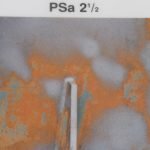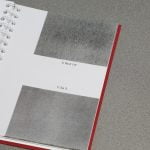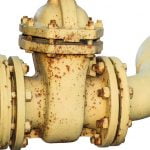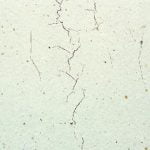Petrochemical and refinery coating surveys
Petrochemical plants and refineries are complex structures; so undertaking coating surveys can require astute planning, careful organisation and a team of specialists.
Coating specifications in the petrochemical and refinery industry tend to cover the new build of the structure and ongoing maintenance. However, consideration must be given to checking the condition of coatings on pipes, racks, internals and externals of storage tanks, pressure vessels, steelwork and a myriad other components usually found onsite.
It’s also important to note that many plants have corrosion under insulation (CUI) issues to contend with as part of a survey, which might involve separate management systems such as inspection techniques and full refurbishments during periods of shutdown.
The issues around completing a coating survey of a refinery or storage plant can span a wide spectrum, and can cover health and safety aspects, identifying clear objectives and the programme of works, and the number of surveyors required. Access requirements, permits, use of safe inspection equipment, historical work records, insulation materials, passive fire protection material types and the use of intrinsically safe cameras, must also be factored in to plans.
Indeed, the pre-planning element of a coating survey is critical because it often revolves around planned plant shutdown periods when maintenance work is undertaken. The format of reporting documentation, the criteria for coating breakdowns, relevant standards should be considered and agreed in advanced of the start of work.
The composition of the survey team needs careful consideration and should include personell who have the requisite experience, expertise and are cognisant of site variables such as environment, micro-climates, equipment temperatures, ISO standards, codes, steel, stainless steel and other composite materials. It is paramount that they also understand the importance of CUI, insulation and the role of passive fire protection systems.
Check that the survey team is familiar with rubber linings, glass flake polyesters and vinyl esters, high temperature coatings, cryogenic coatings and thermally sprayed materials and other special coatings that can be found in refineries. A member of the team should also be familiar with the plant that is being surveyed, including names, services and the history of a specific item and/or structure.
More on coating surveys for petrochemical plants and refineries at Fitz’s Atlas of Coating Surveys https://fitzsatlas.com/






